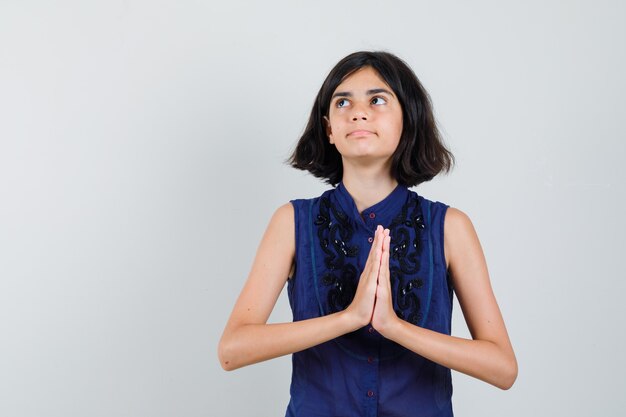

Sunada highlighted an insightful exposition by Dr. King on the principles and practice of nonviolence, which seems particularly relevant given the violent responses to the Occupy protests and the movement’s need for nonviolent resilience.
First, it’s important to clarify that nonviolent resistance isn’t for cowards; it involves active spiritual defiance, even if it appears passive physically. Gandhi often mentioned that if cowardice is the only alternative to violence, it’s better to fight. Nonviolence isn’t just about passively enduring evil; it’s a vigorous opposition to it.
The second key aspect of nonviolence is that it aims to build relationships rather than to defeat or humiliate opponents. Nonviolent protest, such as boycotts or non-cooperation, serves to awaken a moral consciousness in the opponent rather than being ends in themselves. The ultimate goal is to create a beloved community as opposed to leaving behind a legacy of bitterness, which violence does.
Nonviolence’s third characteristic is targeting the evil deeds, not the people committing them. The focus is to fight against injustice, not against individuals who may be perpetuating it.
A fourth principle is the willingness to endure suffering without retaliation. Nonviolent resisters are prepared to accept blows and even imprisonment without fighting back. Gandhi said, “Rivers of blood may have to flow before we gain our freedom, but it must be our blood.” This suffering is seen as redemptive and transformative, offering educational opportunities and the power to change.
The fifth point is that true nonviolence also avoids internal violence of the spirit, meaning the nonviolent resister does not harbor hatred toward their opponent. At the core of nonviolence is love.
The sixth and final principle is the conviction that the universe supports justice. This faith in a just future enables nonviolent resisters to endure suffering calmly because they believe their struggle for justice aligns with a greater cosmic order.
Martin Luther King, Jr. eloquently captured these principles in his work “Stride Towards Freedom.” I was particularly struck by his view that “Suffering has tremendous educational and transforming possibilities,” which resonates with Buddhist teachings to some extent. However, Buddhists generally see the exploration and understanding of suffering as a path to eradicating it, rather than viewing suffering itself as necessary for awakening.
The Christian perspective often views suffering as redemptive and a test of faith, ultimately ending in heaven. While Buddhism and Christianity both address suffering and its cessation, they approach its causes and solutions differently. Christians see suffering resulting from original sin and ending through faith, while Buddhism sees suffering arising from attachment and ending through the elimination of that attachment.
In both traditions, there is a re-framing of suffering to view it as an opportunity for growth, although the methods and underlying philosophies differ. On the path to enlightenment, suffering can serve as a tool for building patience and resilience.
Comparing these views, I think some Christians might view suffering as ennobling unnecessarily, whereas Buddhism teaches that while pain is inevitable, suffering from it is optional and can be mitigated through changing one’s mindset and actions. The notion that suffering is optional essentially highlights the difference between unavoidable physical pain and the additional mental suffering we often impose on ourselves.